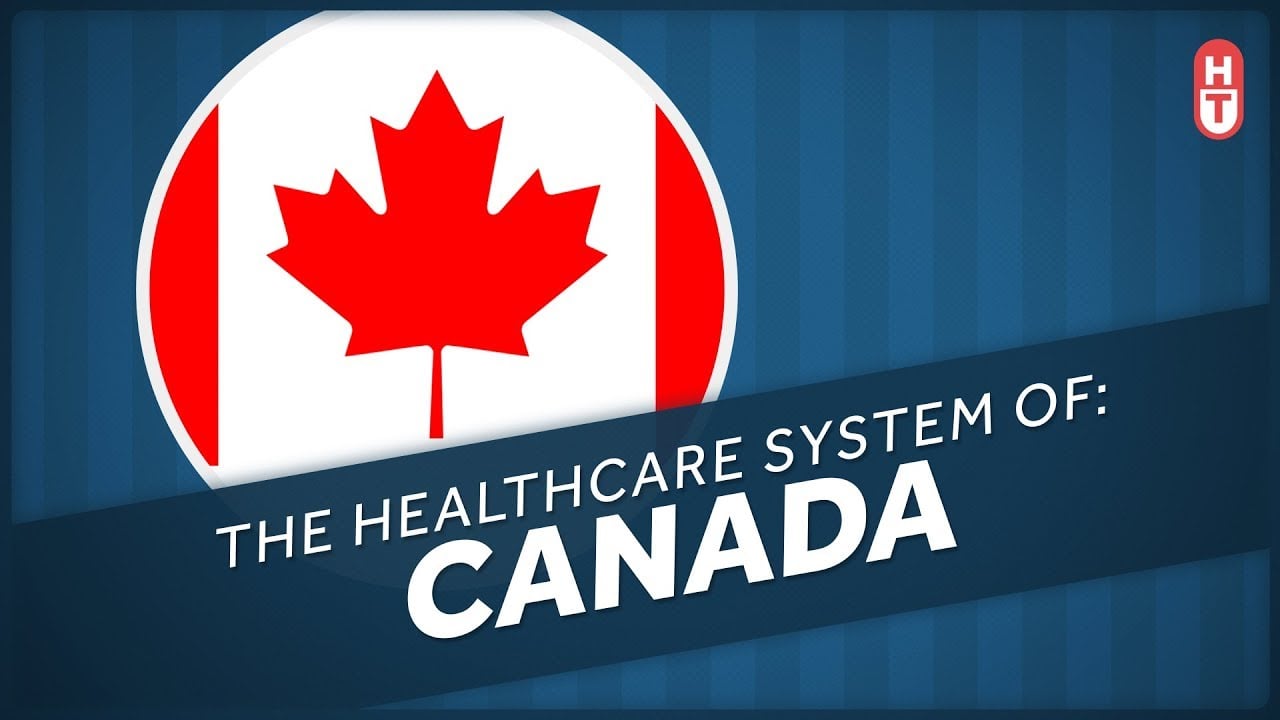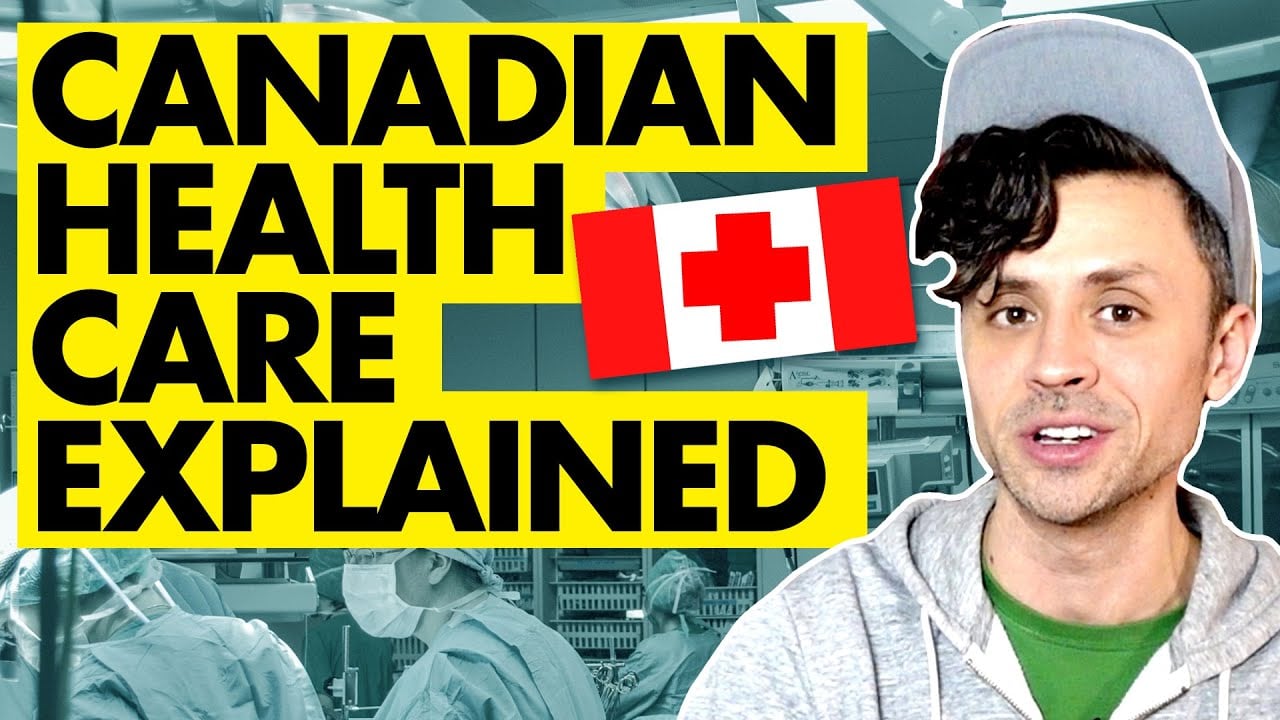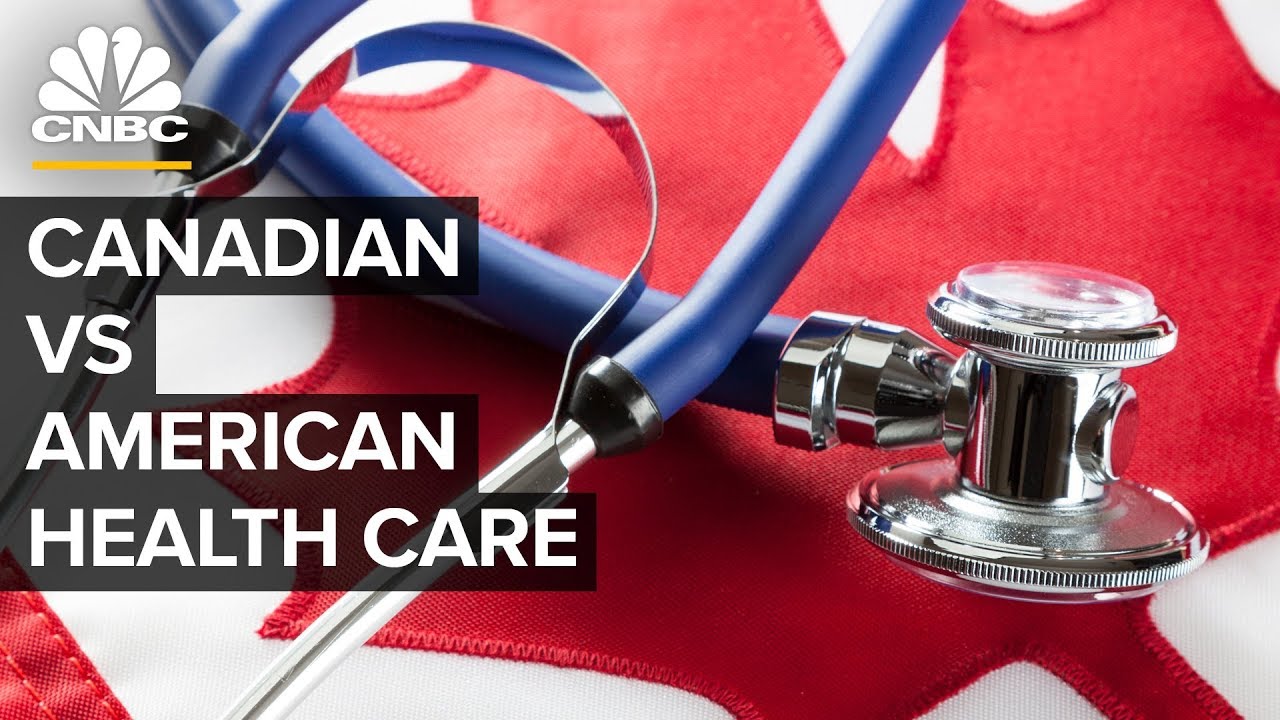I understand that starting a new life in Canada is hard – and you might have heard how it is difficult now to find a good family doctor. While the Canadian healthcare system is free, it does have its own set of challenges, and kind of works differently than many other countries. For instance, the healthcare system does not cover any cosmetic imperfections. All this I got to know from one of my friends, who shifted to Canada a few years back.
Do you know that even if you have a visible tumour or cyst that’s benign, your doctor may tell you that it doesn’t need removal? And if you wanted to go about it, you needed to pay it out of your pocket. I was surprised to know this.
Later our team researched Canada’s healthcare system and we think people should know about this before they move there. So, how does the Canadian healthcare system work? And what should you know about it, before looking for a family doctor, or going to a walk-in clinic? I’ll tell you most of it here.
Let me start with a short history. The evolution of Canada’s Healthcare System began after World War II. Until 1947, it was funded and delivered through private sources. The Government of Saskatchewan was the first province that introduce a provincial, and universal healthcare plan. Soon, the Government of Canada followed suit and paved the way for the adoption of a universal healthcare system.
Today, there is the Canada Health Act, which governs the healthcare system of the provinces and territories. You might find it interesting that it sets the criteria for publicly funded insurance. Also, the Canadian health system digitally maintains patient and hospital records, which is the best and most efficient way to preserve records. A
The Role of the Federal Government in the Canadian Healthcare System
The Federal Government’s primary role includes providing financial support to the provinces and territories based on the Canada Health Act.
- It is also responsible for delivering and funding supplementary services.
- It helps financially struggling provinces and territories through territorial payments and equalization payments, apart from ensuring services to remote places that provincial and territorial services are unable to reach.
- The Federal government is also responsible to prevent and monitor disease surveillance.
Importance of Territorial and Provincial Government in the Canadian Healthcare System
The majority of the medical services that you can receive as a new immigrant in Canada are handled by the territories and provinces you live under. The Federal Government funds these services, and provinces and territories ensure that their insurance covers the cost of all medically necessary services on a prepaid basis.
Interestingly, the definition of medically necessary services is not specifically outlined in the Canadian Health Act. Instead, it’s up to each province and territory to determine what falls under this category.
For this, they can consult with physicians. If a service is determined to be medically necessary, then the provincial and territorial governments need to have it fully covered in their insurance plans. For this, governments negotiate with physicians to set up fee schedules. Physicians charge according to these fee schedules, and the cost is covered by health insurance.
The Canada Hustle team talked to Samuel Green, CEO of BLUE Insurance, about tips for navigating Canadian healthcare for newcomers. Here is what he said:

“First off, finding a family doctor. It can take some digging, but there are shortcuts. Community groups for newcomers are goldmines. They often have lists of docs taking new patients – boom!
You can also check your province’s health website for a handy doc-finder tool. And hey, don’t be afraid to ask around! Friends, family, coworkers – they might have the inside scoop.
Next up: Getting care. The magic ticket here is your health card. Apply for that ASAP! It unlocks the door to most medical services, at no charge. But here’s the thing: it doesn’t cover everything.
Dental, eye stuff, prescriptions? You might need extra insurance for that. Oh, and if you need quick help, walk-in clinics are your friend.
So, what’s covered exactly? Your family doctor is your go-to for this. Be honest about any health concerns you have, and they’ll point you in the right direction. And keep your eyes peeled for community workshops on the healthcare system – they’re super helpful!
A few extra tips from a pro
- Prevention is key: Get those check-ups, screenings, and shots – they’re usually covered, and staying healthy is way better than getting sick.
- Wait times happen: Sometimes, you’ll need to wait for a specialist. Just be patient, and don’t be afraid to speak up if you’re worried.
- Bring your old records: If you’ve got medical stuff from your home country, bring it! It helps your new doctor get up to speed on your health history.
Canadian healthcare is for everyone, including you. Ask questions, do some research, and you’re sure to get what you want in no time. Take care!”
Protecting Yourself Against Extra Billing– That’s the Topic of Major Concern
As a new immigrant to Canada, I want you to know a few things to protect yourself from unfair practices like extra billing, especially during a health crisis.
Extra billing is a practice in which physicians bill the patient in an amount greater than the amount provided and set by medical insurance for that particular service. This kind of practice is not valid according to the Canada Health Act and is also not allowed by the Medicare Protection Act.
Even a medical professional who is not enrolled in a Medicare Services Plan but still provides services should only change according to the cost set. The Medical Services Plan sets these costs as directed by the Medicare Protection Act.
Jennifer Silver, the Dentist and Owner at Macleod Trail Dental, talked to the Canada Hustle team about navigating Canadian healthcare for newcomers. Here is what she had to say:

“I am Jennifer, an experienced Dentist and Owner at Macleod Trail Dental Clinic in Alberta, Canada. I have been working in Canadian Healthcare for the past 8 years. Here is my advice and insights to help newcomers navigate this system effectively.
Understand the Basics
In Canada, healthcare is primarily managed at the provincial and territorial levels, resulting in variations in healthcare coverage and administration across different regions.
Most provinces and territories have their own publicly funded healthcare plans, such as Ontario’s OHIP (Ontario Health Insurance Plan) and British Columbia’s MSP (Medical Services Plan).
These provincial healthcare plans typically cover essential medical services, including doctor visits, hospital stays, diagnostic tests, and emergency care.
However, coverage can vary slightly between provinces, and certain services, such as prescription drugs, dental care, and vision care, might not be fully covered or require additional insurance.
Register for Provincial Healthcare Coverage
Upon arrival in Canada, newcomers need to register for provincial healthcare coverage as soon as possible to ensure uninterrupted access to medical services.
Eligibility and enrollment processes might vary between provinces, but generally, individuals need to provide proof of residency and other supporting documents to apply for coverage.
Once enrolled, residents receive a provincial health card, which they must present when accessing healthcare services. It’s important to keep this card updated and carry it at all times to facilitate smooth access to care.
Know What’s Covered
While provincial healthcare plans cover many essential medical services, it’s essential to understand the scope of coverage to avoid surprises or unexpected out-of-pocket expenses.
In addition to basic medical care, coverage includes hospital stays, surgeries, consultations with specialists, and emergency services. However, certain services, such as prescription drugs, dental care, vision care, and paramedical services, might not be fully covered.
I advise you to review the details of your provincial healthcare plan and consider supplemental insurance options to address any gaps in coverage.”
How is Healthcare in Canada Financed?
You can also finance healthcare in Canada and there are three ways to do it.
- The first is the services that are publicly funded or whose cost is entirely covered by Health insurance provided by the government, such as medically necessary services and diagnostic services.
- The second way the cost of healthcare is covered is through the mix of private and public insurance. You can benefit from this kind of insurance as it aids in complex medical procedures.
- Thirdly, healthcare services such as cosmetic surgery and physiotherapy are entirely covered by private insurance.
You’re Entitled to Care First
Friends you need to always take care of your health. And, when you are in Canada, it doesn’t matter whether you’ve insurance, you have the money in your bank account, or you’re able to afford the treatment.
Canada aims to provide medical services universally, keeping in mind that needs should come first rather than a financial barrier. While you will probably be covered under provincial insurance plans, you are entitled to receive care in an emergency even if you aren’t.
Under the concept of Direct Federal Delivery, the Federal Government is responsible for delivering healthcare services to the citizens, instead of private entities or other provincial and territorial governments.
Last Updated on May 19, 2024 by Saket










